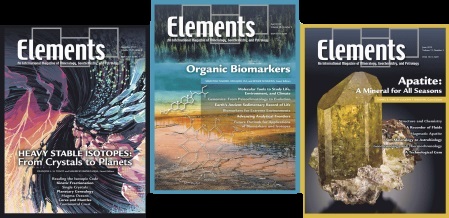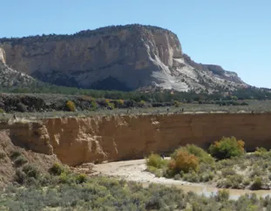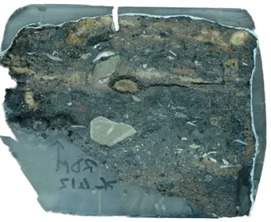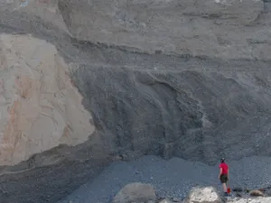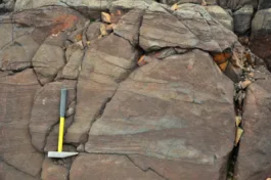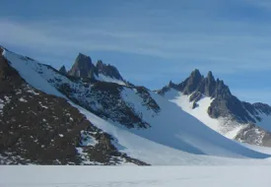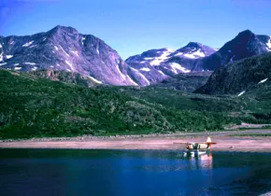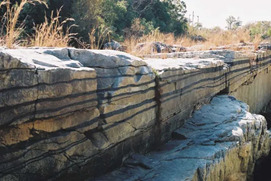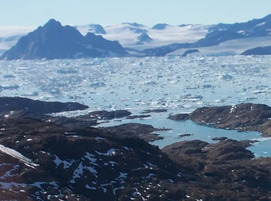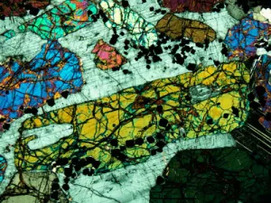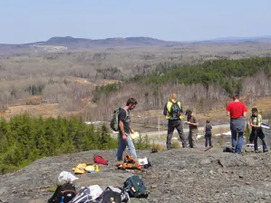Dates and Rates of Earth-Surface Processes Revealed using Luminescence Dating
Understanding rates and variability of Earth-surface processes is vital to assessing natural hazards, landscape response to climate change and addressing concerns related to food security and water supply. Surface processes affect the critical zone, where life interacts with the land surface, and are archived in sediment records. Luminescence dating provides an age estimate for sediment deposition and can provide dates to calculate rates and recurrence intervals of natural hazards and Earth-surface processes. This method has produced robust age estimates from a wide range of terrestrial, marine, tectonic, and archaeological settings. Importantly, luminescence dating covers an age range that spans the last several decades to the last several hundred thousand years, providing critical rates and dates for evaluating processes that are important to society.
Dates and Rates of Earth-Surface Processes Revealed using Luminescence Dating Read More »

